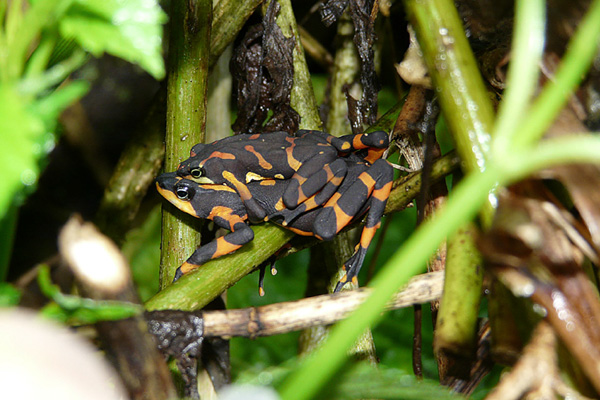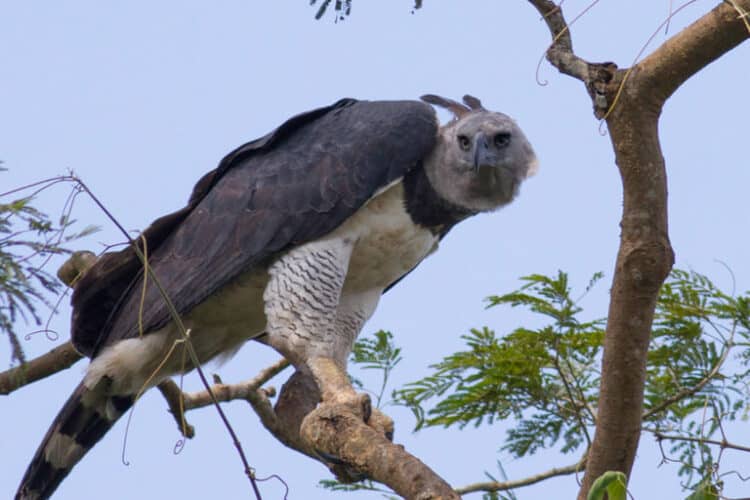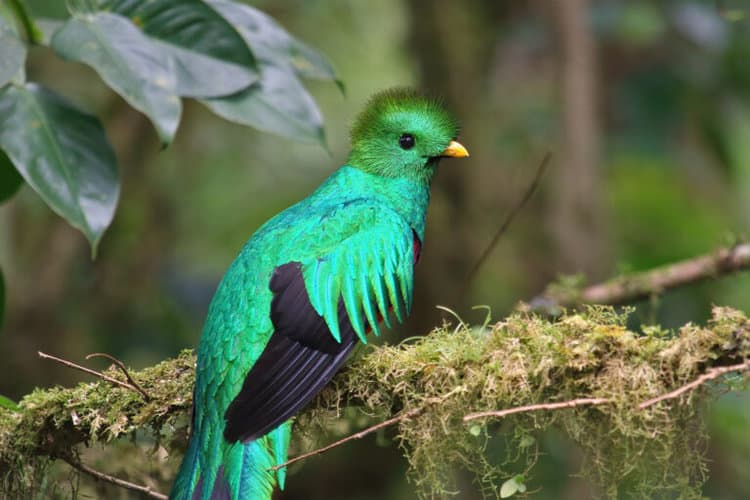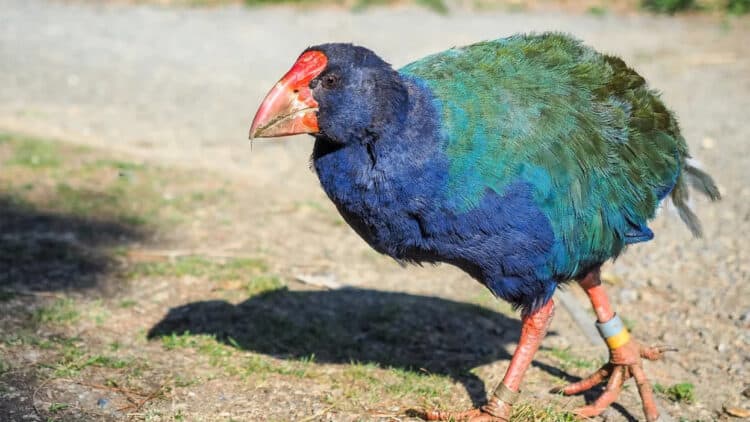A breeding population of a critically endangered harlequin toad thought to be extinct in Costa Rica has been discovered in a tract of highland forest in the Central American country, reports a paper published in Amphibia-Reptilia.
Atelopus varius, an orange-and-black harlequin toad, was once relatively common from central Costa Rica to western Panama. But beginning in the 1980’s the species experienced a rapid population collapse across most of its range likely due to the spread of the deadly chytrid fungus that has been wiping out amphibian populations around the globe.
“In less than 20 years, known populations in Costa Rica declined from 100 to one,” notes the paper. By 1996, the species was considered extinct in the country.
But in 2004 there was a brief moment of hope when a population was discovered near Quepos, in southwestern Costa Rica. Subsequent surveys however failed to turn up any frogs.
Sustained good news for the frog finally came when researchers stumbled upon a significant population on a private reserve within La Amistad Biosphere Reserve, near the Panamanian border. The new paper describes the population, which numbers over 200 individuals, and documents breeding behavior.

The authors, led by José F. González-Maya of the Sierra to Sea Institute & ProCAT International in Costa Rica and the Universidad Nacional Autónoma de México (UNAM), say the find offers hope for other thought-to-be-extinct species in Costa Rica.
“Our findings fit into the emerging theory that species which have been presumed extinct are beginning to be re-discovered in Costa Rica and elsewhere. After severe declines, often to where zero individuals are detected in the wild, several frog species have been re-discovered in areas of Costa Rica with previous records of chytrid, as well as in areas not sampled previously,” write the authors.
“These findings follow a pattern similar to our finding in that species considered extinct or near-extinct, with recorded massive declines due to chytrid have been rediscovered at previously known locations. Recent analyses suggest that certain areas of Costa Rica have high probabilities of re-discovering populations, and most have not been sampled since 2000.”
Atelopus varius may therefore be just one of many “Lazarus species” whose epitaphs were written a bit too soon.
This article was written by Rhett A. Butler for Mongabay.com







Leave a Reply